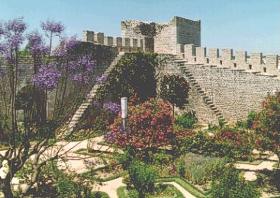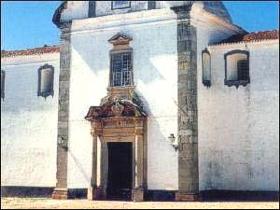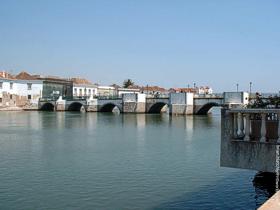|
Tavira |
| Portugal > Tourism > Algarve > Tavira > The City |
|
Municipality | History | Places of Interest | Beaches | Golf | Lodging | Handicrafts |
|
The castle and the bell towres of a multitude of churches. The river like a mirror reflecting the houses and gardens. The distinctive outline of roffs of the local "tesouro" (treasure) style. Broad vistas of sea and sand. These are among the charms of Tavira, a city of art and history and an essential port of call on any cultural tour of the Algarve.
|
|
 
|
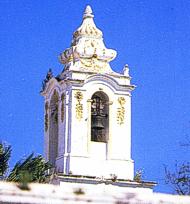 |
|
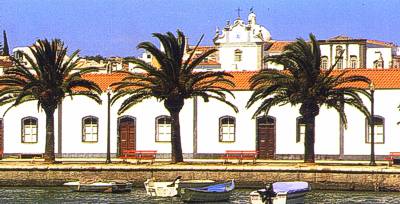 |
| Chancel with the tomb of Dom Paio Peres Correia and the seven Christian knights killed by the Moors. Chapel of the Gospel. Gothic structure. Manueline chapel devoted to Our Lord bearing His Cross (16th century). Gilded, carved woodwork. Decorative tiles (18th century). Valuable liturgical objects. 18th century baroque chalice and monstrance of St. Lawrence. Sacristy, lavabo, decorative tiles. |
| paintings (17th century). Chancel, with unusual pulpit. Image of Our Lady of the Waves (17th century). In the Fishermen´s House, next to the church, precious standard of the Seafarers´Association, embroidered in gold and silver. |
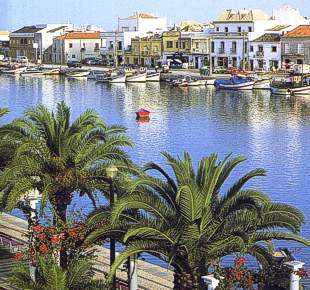 |
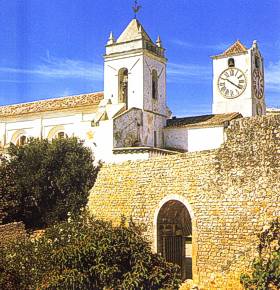 |
|
Municipality | History | Places of Interest | Beaches | Golf | Lodging | Handicrafts |
| Portugal > Tourism > Algarve > Tavira > The City |
|
The City |

